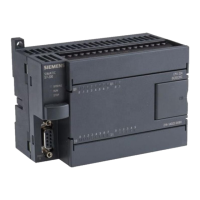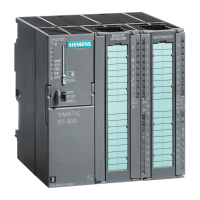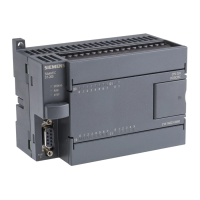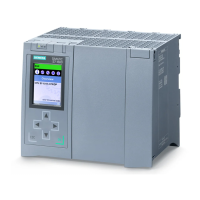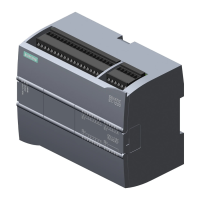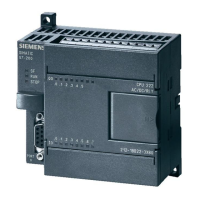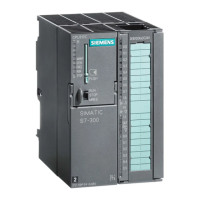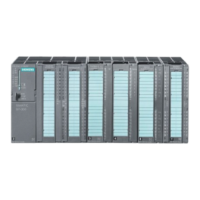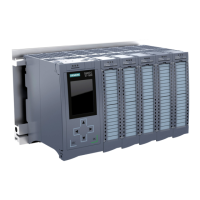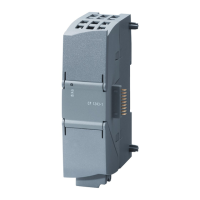Special functions of a CPU 41x
3.2 Multicomputing
S7-400 Automation System, CPU Specifications
Manual, 10/2006, 6ES7498-8AA04-8BA0
3-3
3.2 Multicomputing
3.2.1 Fundamentals
Multicomputing Mode
Multicomputing mode is the simultaneous operation of several (maximum 4) CPUs with
Multicomputing capability in a central controller of the S7-400.
The CPUs involved automatically change their modes synchronized with each other; the
CPUs start up together and change to STOP together. The user program on each CPU runs
independently of the user programs on the other CPUs. This allows control tasks to be
performed simultaneously.
Racks Suitable for Multicomputing
The following racks are suitable for multicomputing:
● UR1 and UR2
● UR2-H, multicomputing with several CPUs is possible only if the CPUs are in the same
subdevice.
● CR3, since the CR3 has only 4 slots, multicomputing is possible only with two CPUs.
Difference Compared with Operation in a Segmented Rack
In the CR2 segmented rack (physically segmented, cannot be set using parameters), only
one CPU per segment is permitted. This is, however, not multicomputing. The CPUs in the
segmented rack each form an independent subsystem and behave like individual
processors. There is no common logical address space.
Multicomputing is not possible in the segmented rack (see also
S7-400 Automation System,
Hardware and Installation
).
Uses
There are benefits in using multicomputing in the following situations:
● When your user program is too large for one CPU and memory starts running short,
distribute your program on several CPUs.
● When a particular part of your plant needs to be processed quickly, separate the relevant
program section from the overall program and run this part on a separate "fast" CPU.
● When your plant consists of several parts with a clear demarcation between them so that
they can be controlled relatively independently, process plant part 1 on CPU1, plant part
2 on CPU2 etc.
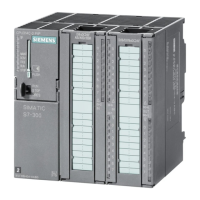
